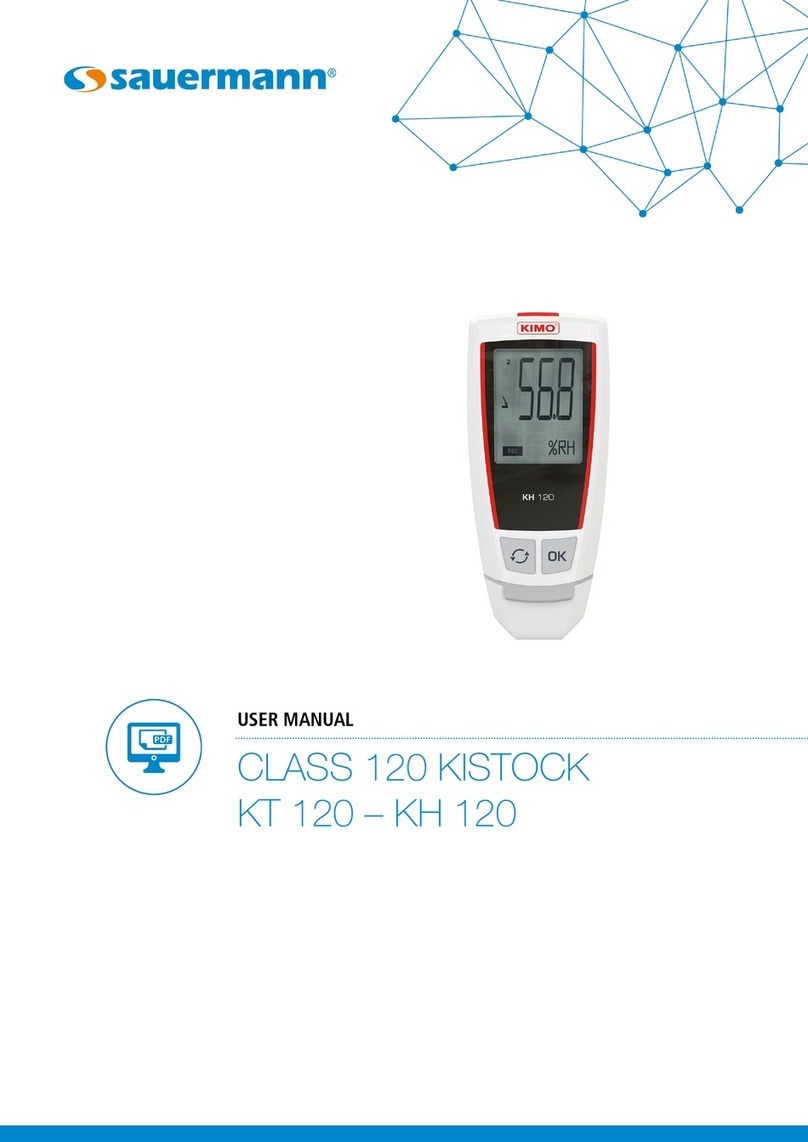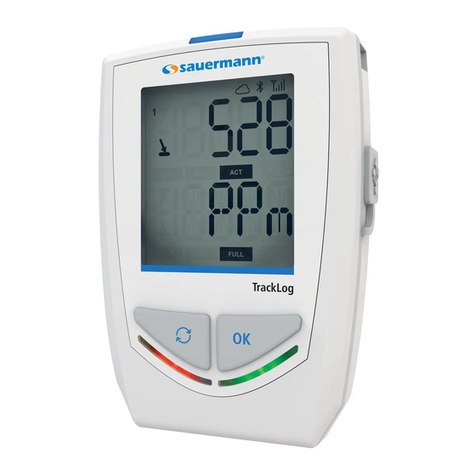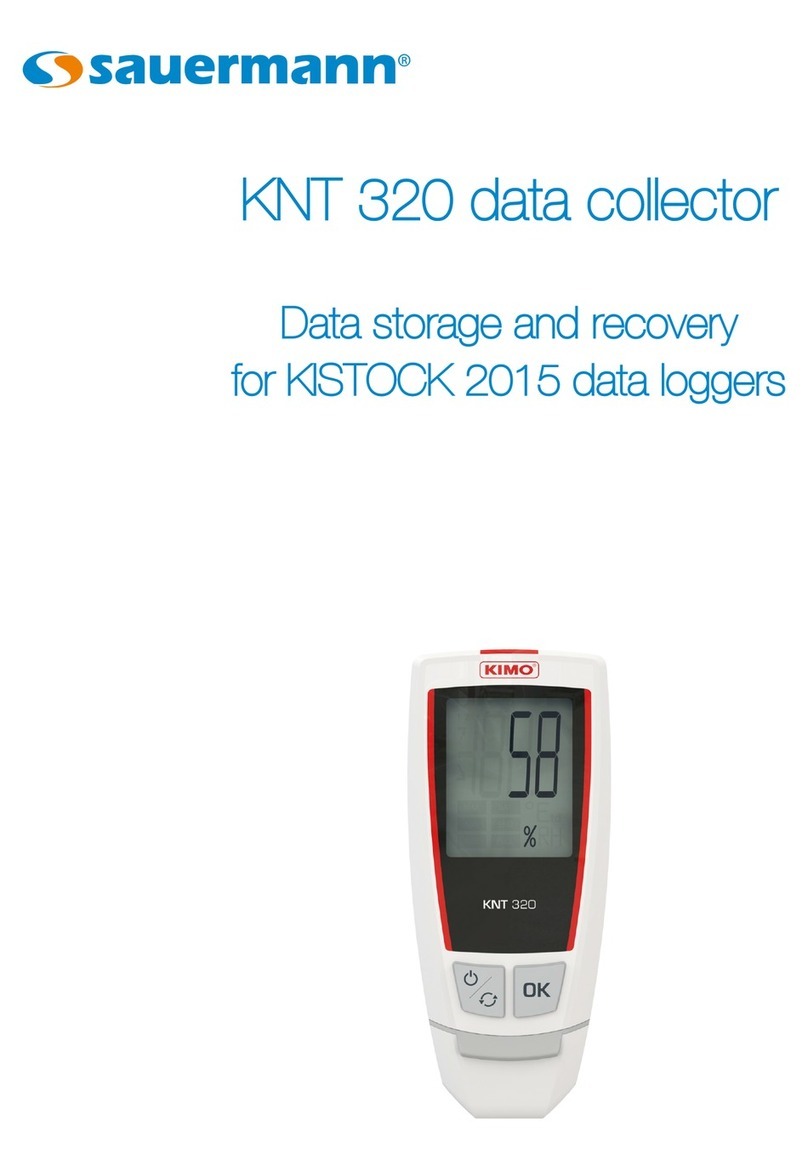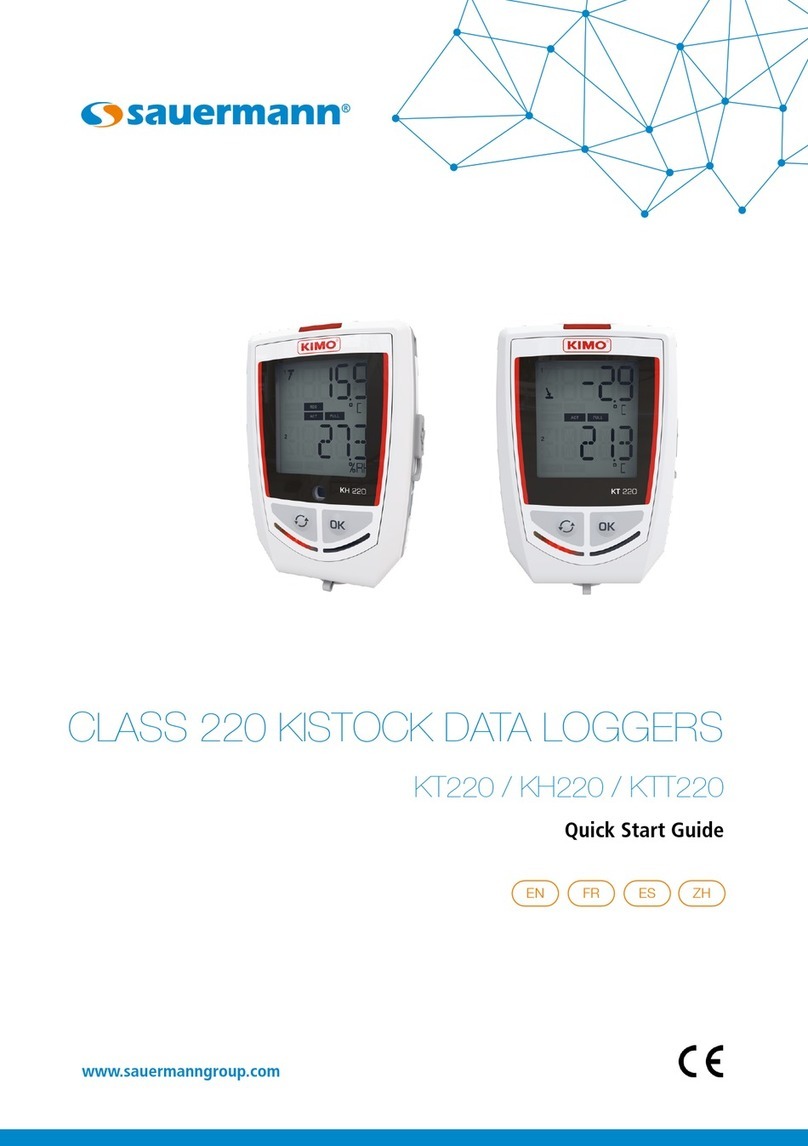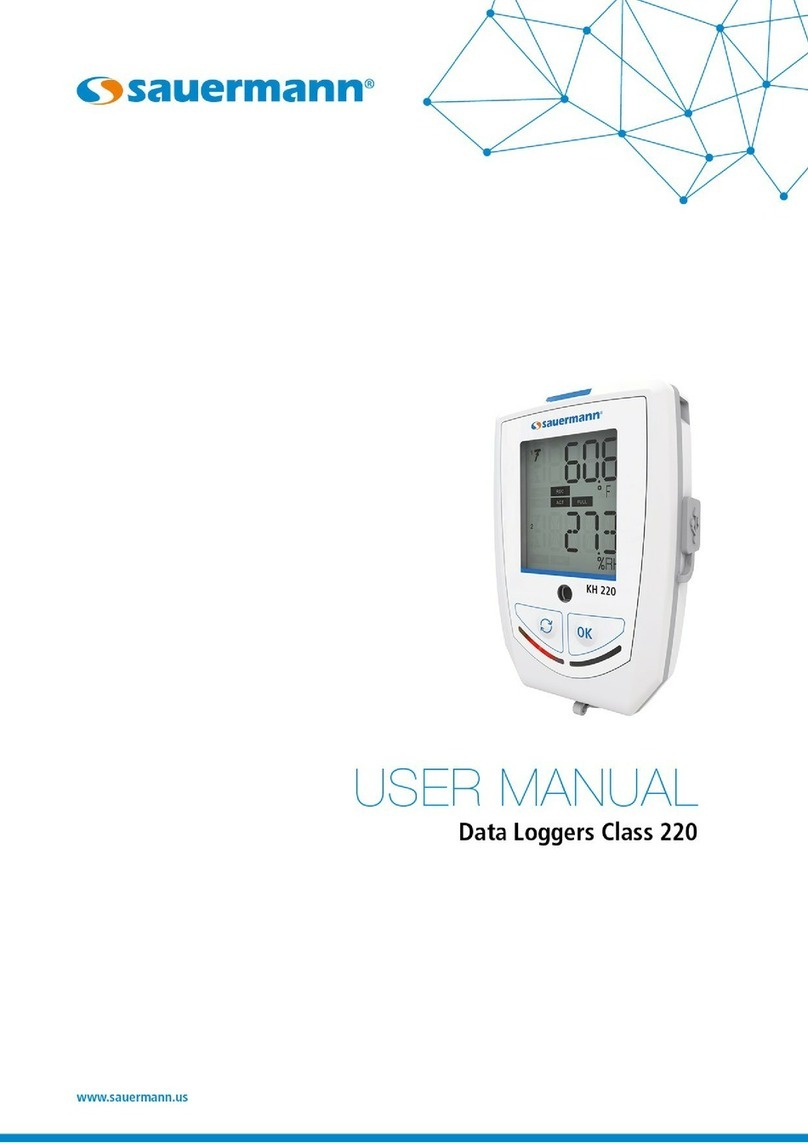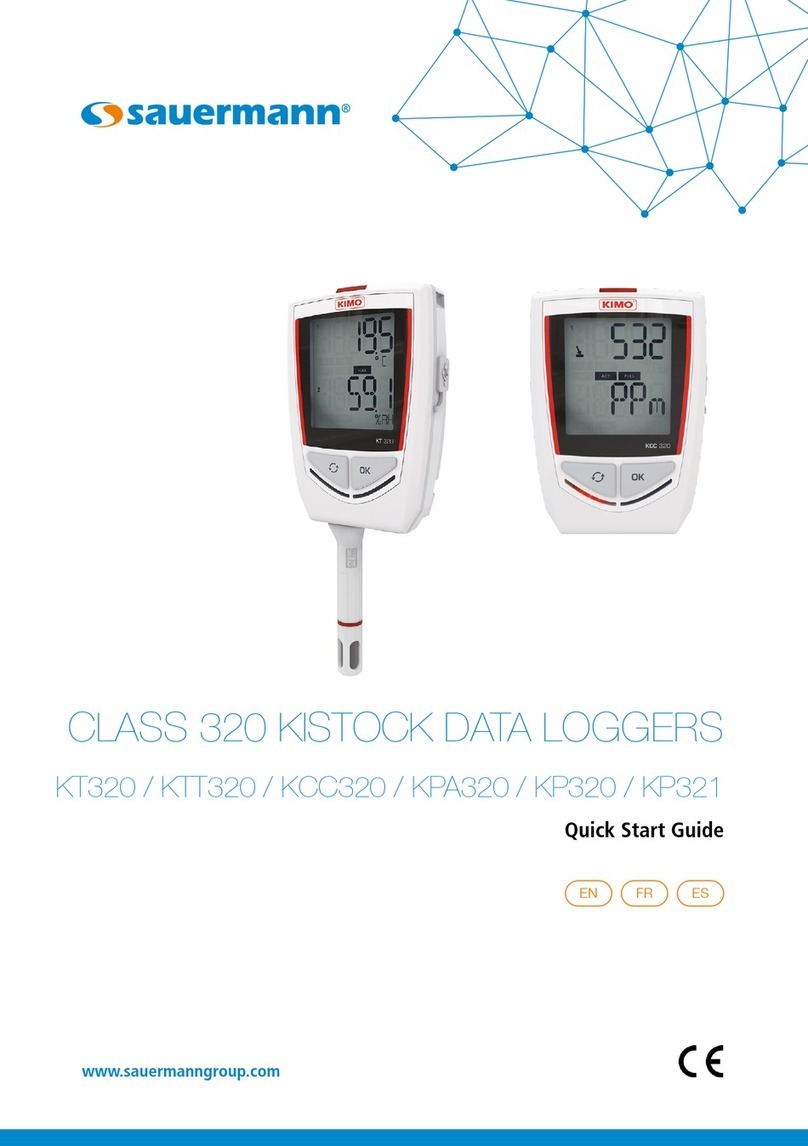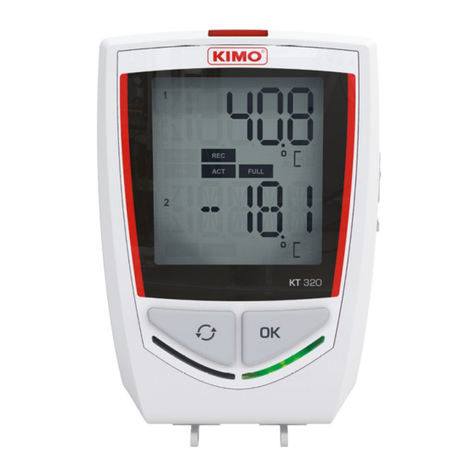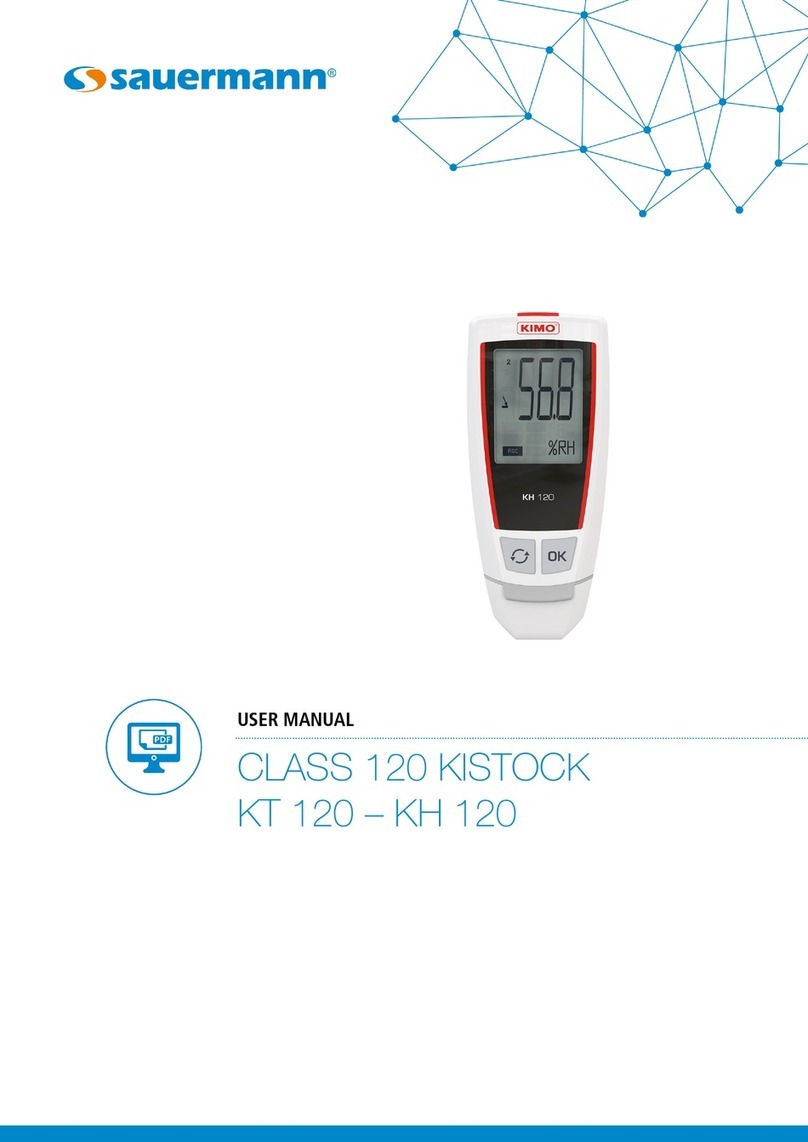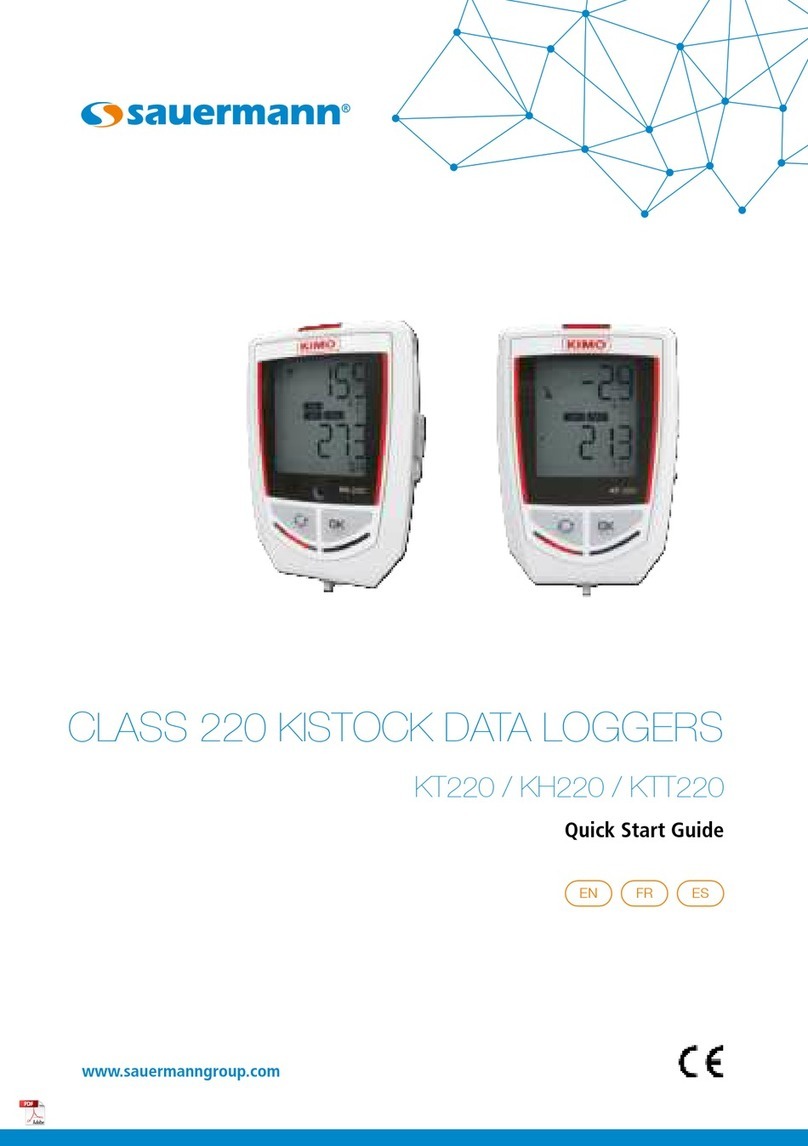TABLE OF CONTENTS
1 SAFETY INSTRUCTIONS.................................................................................................................................................4
1.1 Precautions...........................................................................................................................................................4
1.2 Symbo s................................................................................................................................................................4
2 DEVICE COMPONENTS..................................................................................................................................................5
2.1 Use.......................................................................................................................................................................5
2.2 App ications.......................................................................................................................................................... 5
2.3 Se ection...............................................................................................................................................................5
2.4 Layout.................................................................................................................................................................. 6
2.5 Buttons.................................................................................................................................................................6
2.6 LEDs..................................................................................................................................................................... 6
2.7 Connections..........................................................................................................................................................6
2.8 Mounting.............................................................................................................................................................. 6
3 TECHNICAL FEATURES..................................................................................................................................................7
3.1 Devices.................................................................................................................................................................7
3.2 Programmed units.................................................................................................................................................9
3.3 Free units..............................................................................................................................................................9
3.4 Housing.............................................................................................................................................................. 10
3.5 Directive: FCC part 15.........................................................................................................................................10
3.6 Optiona probes and cab es for KT 320 data oggers.............................................................................................11
3.7 Thermocoup e probes for KTT 320 data oggers....................................................................................................12
3.8 Connect a probe to the universa input.................................................................................................................12
3.9 Connect a probe to the thermocoup e input.........................................................................................................12
3.10 Dimensions....................................................................................................................................................... 13
3.10.1 Devices.....................................................................................................................................................13
3.10.2 Wa mount (option)...................................................................................................................................13
3.11 Warranty period.................................................................................................................................................13
4 USE OF THE DEVICE.................................................................................................................................................... 14
4.1 Disp ay................................................................................................................................................................ 14
4.2 Function of LEDs................................................................................................................................................. 14
4.3 Configuration, data ogger down oad and data processing with the KILOG software..............................................15
4.4 Function of buttons.............................................................................................................................................15
4.4.1 Groups organization....................................................................................................................................17
4.4.2 Measurements scro ....................................................................................................................................17
4.5 PC communication..............................................................................................................................................18
5 BLUETOOTH® FUNCTION.............................................................................................................................................19
6 MAINTENANCE........................................................................................................................................................... 19
6.1 Rep ace the batteries...........................................................................................................................................19
6.2 Device c eaning...................................................................................................................................................19
6.3 Safety ock wa mount with pad ock....................................................................................................................19
7 CALIBRATION............................................................................................................................................................. 20
7.1 KCC 320: perform a CO2 measurement verification...............................................................................................20
7.2 KP 320 – KP 321: perform an auto-zero...............................................................................................................20
8 ACCESSORIES............................................................................................................................................................. 21
9 TROUBLESHOOTING....................................................................................................................................................21

